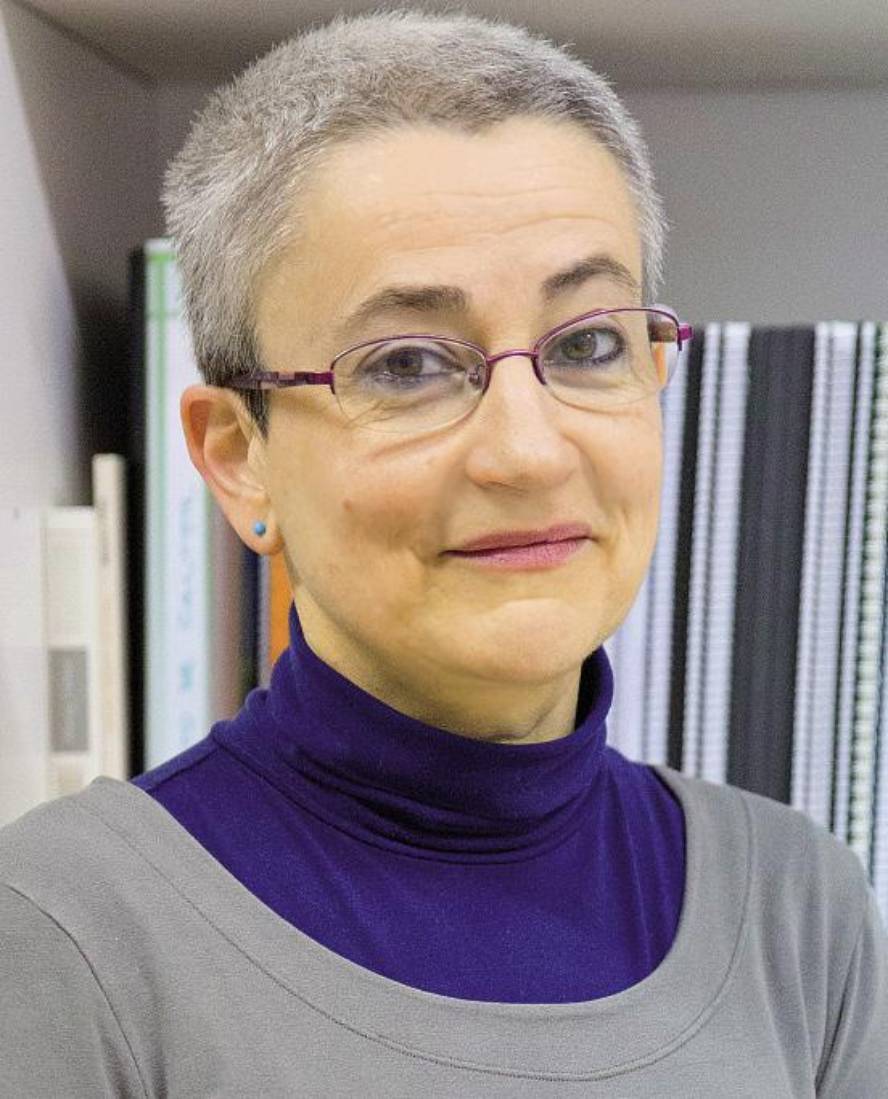“Surely what has influenced me most is to demonstrate the conjecture of Poincaré”
What has surprised you most, altered or fascinated you since you started working?
My research is very theoretical, it is situated in the field of geometry and topology. Surely the conjecture of Poincaré, one of the so-called “seven problems of the millennium”, has been to demonstrate what has most influenced me.
In 1904 the French mathematician Henri Poincaré made a conjecture: if in a compact three-dimensional variety all curves can be deformed to one point, this variety is a three-dimensional sphere. To simplify, Poincaré proposed that the three-dimensional sphere is the only three-dimensional space (closed and embroidered) in which there are no “holes” delimited by closed curves.
The scientist failed to prove his conjecture; for years many mathematicians tried to liberate it harshly, but until 2003 the complex test presented by the Russian mathematician Grigori Perelman was not given for good.
It is a magnificent example of scientific challenge easily formulated, which has required a breakthrough of many branches of mathematics and a genius who has managed to fit the pieces. In passing, they continue to simplify Perelman's explanation, which is not accessible to any mathematician.
What would you like to witness the revolution or the discovery in your trajectory?
Surely what I'm going to say is a romanticism… but it also has room in mathematics.
There is a well-known theorem, that of the four colors, which says: “All the planes of the geopolitical map can be colored with four colors, so that two bordering areas have a different color.”
It does not seem very mathematical, but yes: It is a problem proposed by Francis Guthrie in 1852, who remained conjective until 1970. In the middle of this year, mathematicians Kenneth Appel and Wolfgang Haken have given an explanation (to which he carried the so-called graph topology) using at some point computational verification. Although the explanation is acceptable, I would love someone to understand why the number four is so special.






